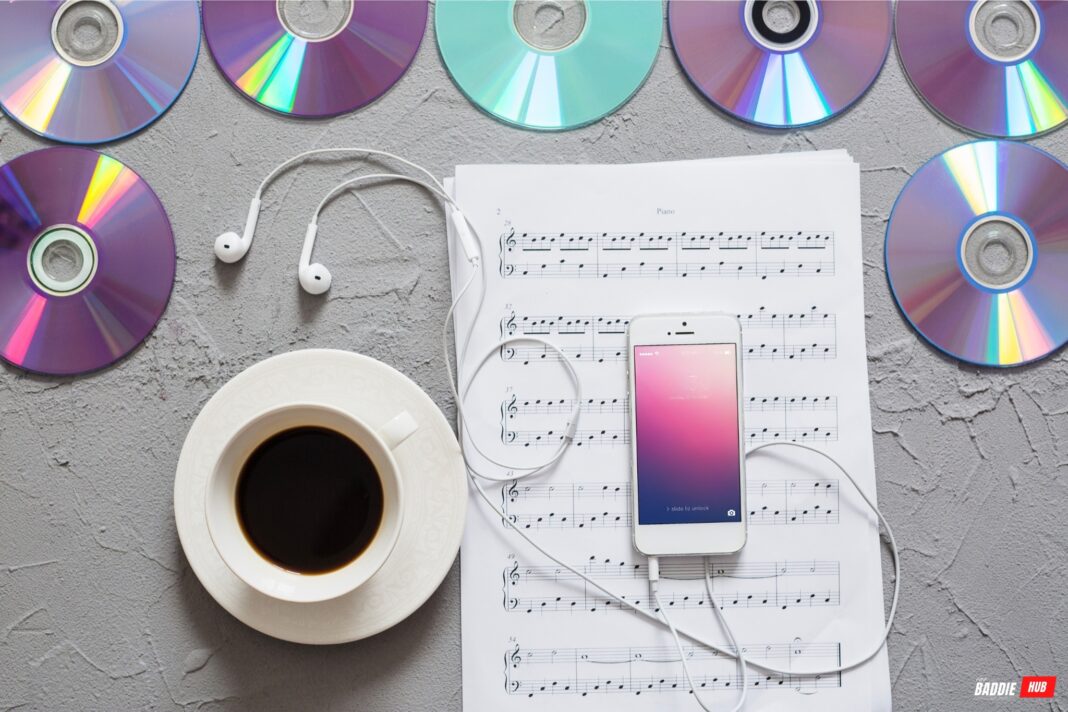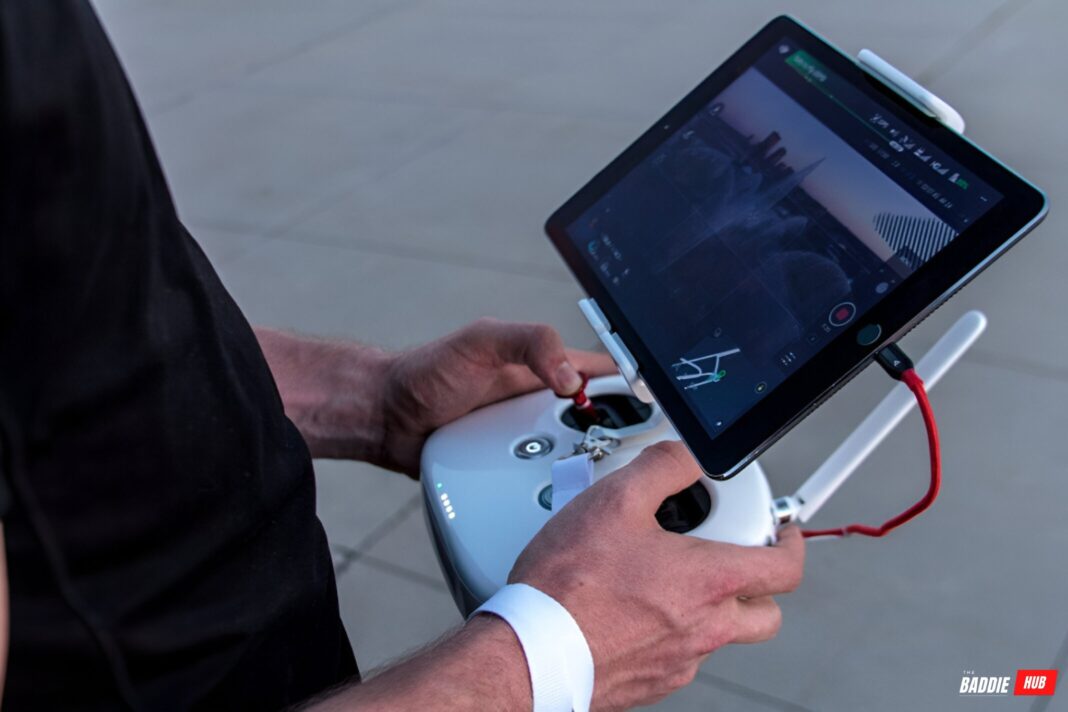CDiPhone! From the Macintosh to the iPhone and iPad, Apple has continually transformed technology. Now, the tech world is abuzz about the surprising and innovative concept called CDiPhone that is set to launch in 2025.
So, why the name CDiPhone? As we merge into 2025, compact discs could not be any further from the minds of most thoughtful people. In fact, the CDiPhone is an Apple concept that integrates of CD data structure, meaning its inspired by CD data systems, not compact discs themselves. In this article we will cover the CDiPhone’s concepts, functionality, and its impact in the world of technology.
What is CDiPhone?
It is the conceptual ecosystem products Apple integrates that include the following:
- Minimalist and elegent hardware design, integrating CD’s data architecture
- Prioritize the product’s content that can be classified under offline – first.
- Enhanced privacy and media data decentralization.
- User’s control of their data.
The tablet, the phone, and the compact disc all fused into the iPad, the iPhone and the CDiPhone. Unlike the traditional iPhone, the CD iPhone is seen as a hybrid device that acts as a bridge rather integrating the vintage media purchase and ownership to the current digital world of cell phones.
Why the “CD” in CDiPhone?
Apple refers to “CD” as a symbol to something greater. The compact disc (CD) represents:
- User-owned digital content
- Permanence vs. subscription
- Physical integrity and offline access
- Linear data architecture
In a world dominated by cloud services and digital rights management, the CDiPhone concept acts as an antithesis—a sleek, high-performance iPhone figure of modernity, coupled with offline dependability and user commanded control.
Key Features of CDiPhone
1. Modular Digital Storage Inspired by CD Principles
CDiPhone has the potential to explore offline modular storage units. Unlike the mobile all-cloud ecosystem of today, storage “discs” can be solid state and house music, apps, books, and data.
2. Private Media Ownership
Users are empowered to own their media with CDiPhone. There are now no subscriptions or time-based expiry, with digital downloads that can be transferred and shared freely akin to a CD or DVD.
3. App-Free Navigation Model
Borrowing from the CD menu interface, user navigation could involve “tracks” or “chapters” instead of apps. Picture browsing music and text files or books as one would with a CD player.
4. Device Functionality without Online Access
The device can operate with no Wi-Fi or mobile data available, making it especially useful in remote, secure, or power-saving locations.
5. Offline AI Media Organization
Even in the absence of applications or the cloud, CDiPhone can utilize local AI to recommend, and organize content. This provides the functionality of smart assistants such as Siri and Spotlight, but fully offline and private.
Potential Design Elements
- Circular Data Units – miniature CD Chisps that slide into the side of the phone. They are like SD cards, but in Apple’s ultra thin and high capacity format.
- Holographic User Interface – multi-layered menus that CD booklets and albums for nostalgia, while providing immersive, interactive experiences.
- Eco Friendly Build – constructed of recycled aluminum and carbon neutral components, supporting Apple’s green tech initiative.
How It Could Change the Mobile Experience
The CDiPhone could redefine the relationship users have with digital media and devices in several key ways:
| Aspect | Traditional iPhone | CDiPhone Concept |
|---|---|---|
| Data Storage | Cloud & internal only | Modular offline “CD-chips” |
| Media Ownership | Subscription-based (Apple Music, etc.) | One-time purchase, permanent |
| Connectivity | Requires internet | Fully offline-capable |
| Privacy | Mixed (some cloud reliance) | Privacy-first, decentralized |
| UI/UX | App grid & cloud sync | Chapter-style menus, minimal apps |
Why Is Apple Exploring This Direction?
Considering users’ fears about data exposure and constant connection in the contemporary world, these factors arise:
- Privacy and surveillance
- Subscription fatigue
- Dependency on the internet
- Streamable content’s expiration
Apple seems to be taking care of these issues by proposing a self-contained mobile solution that combines the best of the old and the new, aiming to a return of user-focused design.
Even as a concept, CDiPhones reflect Apple’s philosophy of taking technology and making it more personal, useful, and streamlined in ways that matters to the user.
Question and Answer Segment
Q1: Is the CDiPhone a real Apple product right now?
A: No, CDiPhone is a conceptual framework reportedly in development or internal exploration. Apple has not officially launched a device by this name.
Q2: With the CDiPhone will I still be able to use my CDs?
A: No. CDs will not be usable because the device physically won’t be able to scan compact disks. It draws inspiration from CD based storage systems, but uses more advanced digital technologies.
Q3: Is the purpose of the device to replace the iPhone?
A: No. It will not replace the iPhone. The CDiPhone, at least for now, seems to be positioned as a parallel option or as a test device for specialized markets for creators, researchers, or off-grid enthusiasts.
Q4: And as for the apps, will they still be on the CDiphone?
A: The design tries to minimize or eliminate apps, replacing them with modular content blocks like documents or chapters.
Q5: Will media purchase methods change?
A: Absolutely. The advent of the CDiPhone may ignite a fresh impetus for the digital ownership paradigm, reigniting the purchase of complete albums, books, or tools as opposed to limited-time access rentals.
Looking Ahead
In the event Apple proceeds with the CDiPhone, it may very well set off a number of changes for the entire industry:
- Mobile operating systems with offline-first design principles
- Renewed investment in the blend of physical and digital mediums
- Clearer digital ownership frameworks
- Non-Cloud reliant localized AI
In the context of education, remote work, and emerging markets with unstable internet, the CDiPhone could be revolutionary.
Conclusion
The CDiPhone is more than a relic of the past—it seeks to serve users rather than make them adapt to sophisticated technology. By integrating a compact disc for storage and privacy with Apple’s hallmark design and innovation, the CDiPhone envisions an upgraded smartphone that is a digital companion, not merely an access point to the cloud.
Regardless of whether Apple decides to launch it officially, the CDiPhone helps begin an important discussion on the ownership and trust of devices we use in the modern world.



